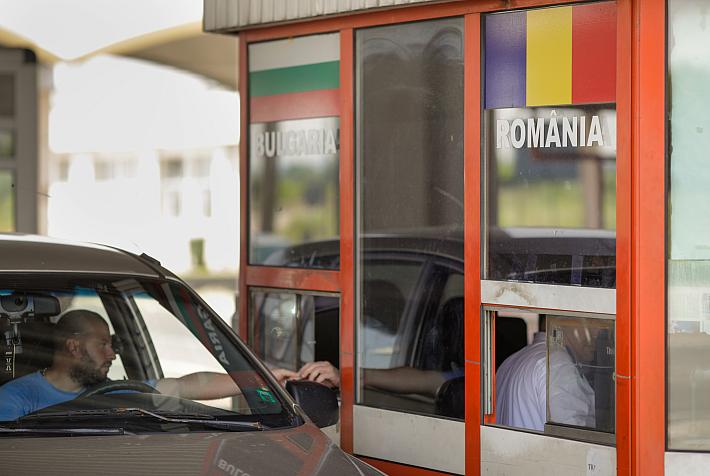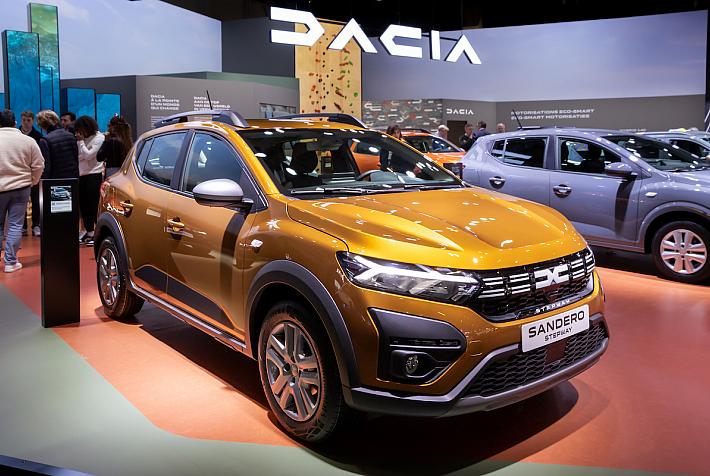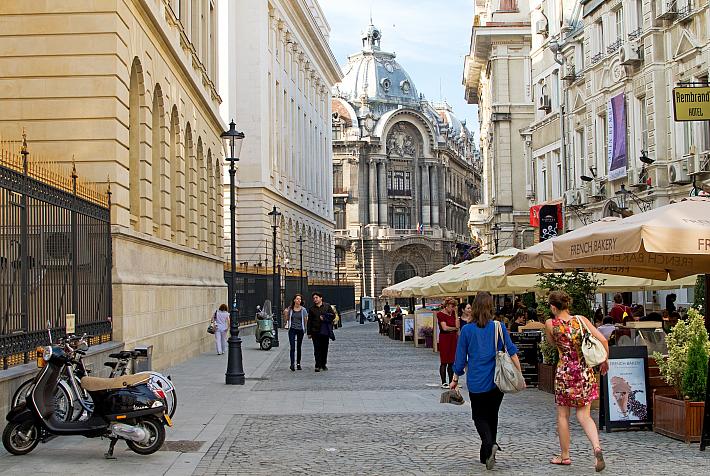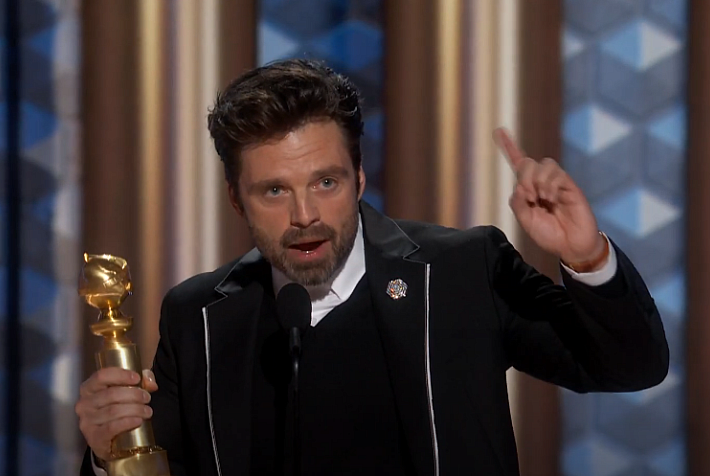Tourism promotion strategy: 20 people to discover and survive in Romania in a televised competition
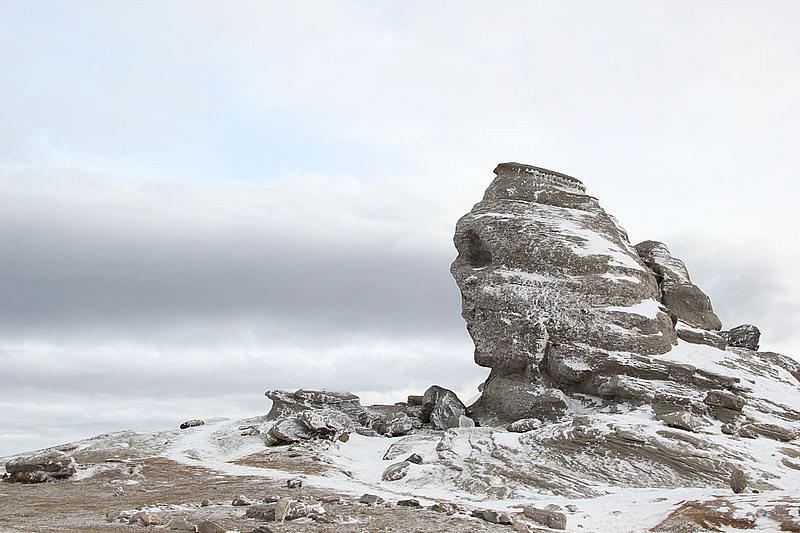
Romania’s former National Authority for Tourism (ANT), which has been replaced by the Ministry of Tourism in the new Government, has published on its website a strategy for touristic marketing and development.
According to this document, ANT planned to promote Romania as a tourist destination via several actions to be taken both online and offline, including "the organization of a competition, aired internationally in a TV show."
The competition's concept is based on stimulating all five senses, namely sight, hearing, smell, taste, and touch, as well as a sixth sense, which would be specific to Romania, according to the presentation.
A total of 20 people selected internationally would take part in this contest. They would have to spend 30 days in Romania, during which they would have to solve mysteries/quizzes, and go through experiences specific to different areas of the country.
To solve these mysteries, the participants will use SUVs put at their disposal by the organizers, but also various means of transport from Romania, such as the country’s famous steam train Mocanita, horses, carts, and cable cars. Sometimes, they will even to hitchhike or drive a bullock cart. The cars used by the participants will be equipped with Wi-Fi so they can communicate online.
Each “key” the participants will have to find will be a symbol of Romania, such as the Dacian mask, martisorul (a small item that men offer to women at the beginning of spring), garlic, or a crucifix. During the tests, they will have clues related to ghosts, werewolf, wicked fairies, or any other elements connected to Romanian traditions.
The document also gives some example of tests the 20 participants would have to go through. For example, they would have to sleep in castles / mansions whose legends imply the existence of ghosts and pass over some obstacles related to their appearance, spend some time in mysterious areas with a special energy, such as the Sphinx in Bucegi Mountains or the Hoia-Baciu Forest, and search Dacian treasure or take part in some rituals. The competitors would also have to roll 200 sarmale (cabbage rolls with minced meat, traditional in Romania) and make mamaliga (polenta) in a given period of time.
The award for an intermediate test would be a 100% Romanian Pampering voucher that the winner can use to benefit from a spa treatment in a Romanian resort. The grand prize is not mentioned, however.
Romania’s tourism would also be promoted at local and foreign tourism fairs. Moreover, according to the document, drawing international film producers to the country would also help Romania in this sense.
Other solutions would be a country’s mascot, which would be selected through an online competition, or the Romania Passport, which would have the main tourist objectives on its pages and, when the holder visits one of those objectives, he would have a stamp put on that specific page in the passport.
However, it remains to be seen if any of these ideas will be implemented by the new Tourism Ministry, which has plans of its own. According to the new tourism minister, Romania may try to promote religious tourism.
Number of tourists goes up 10% in Romania in the first 11 months of 2016
Irina Popescu, irina.popescu@romania-insider.com
(Photo source: Commons.wikimedia.org)









